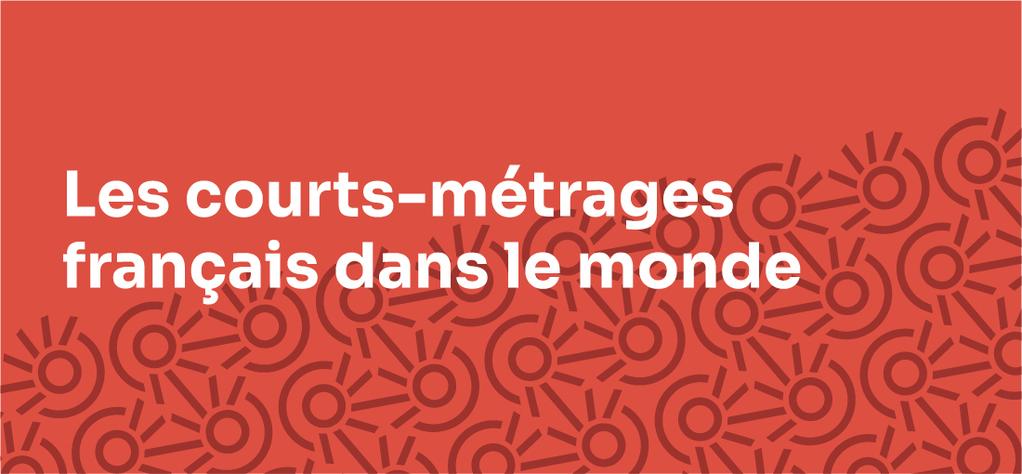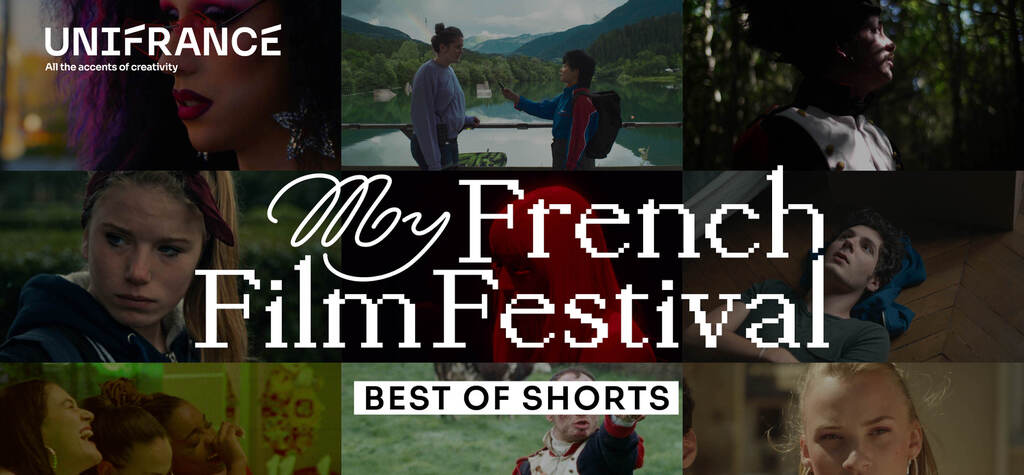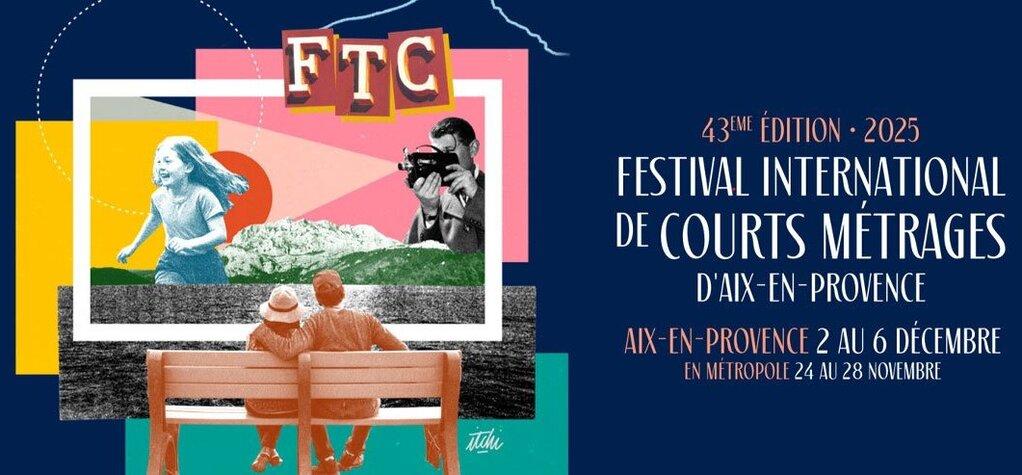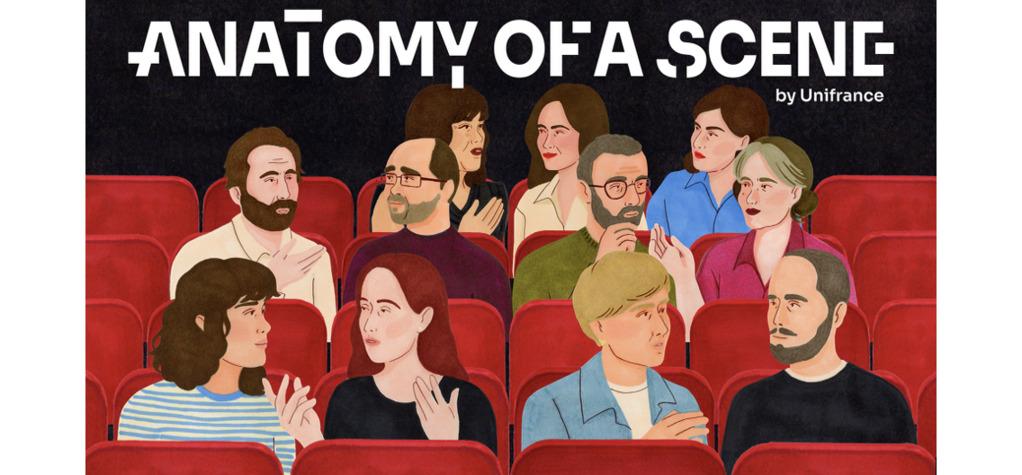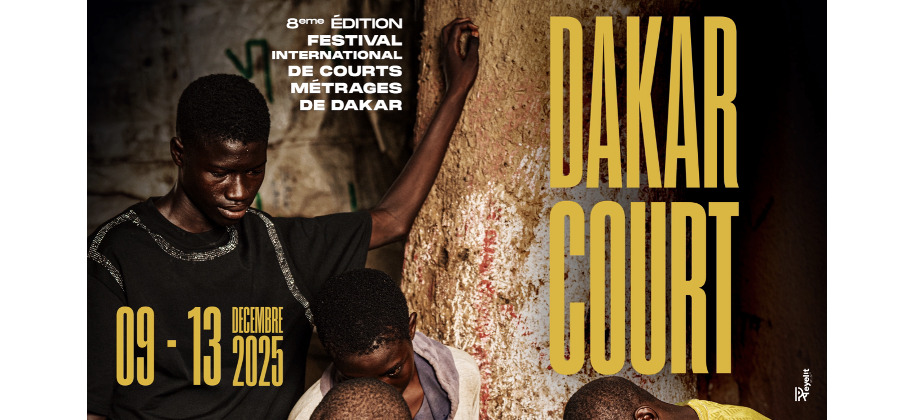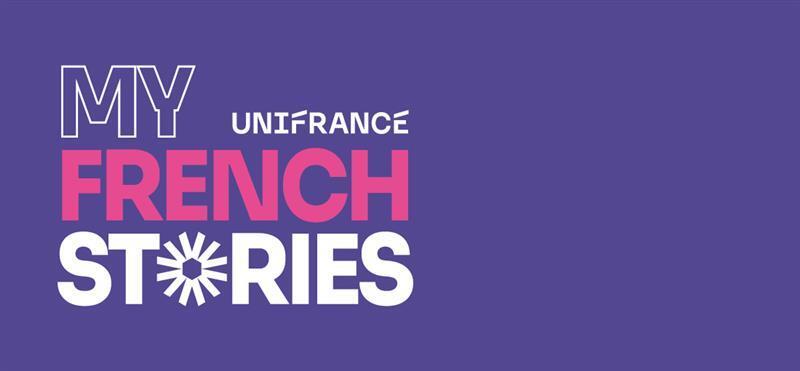The 29th Göteborg International Film Festival will take place from January 27 through February 6 this year.
The following French films will be showcased at the event :
"Daddy Daddy USA" by Pierre Hodgson
"Holy Lola" by Bertrand Tavernier
"Not Here to Be Loved" by Stéphane Brizé
"Marock" by Laïla Marrakchi
"Gamblers" by Frédéric Balekdjian
"Odessa... Odessa" by Michale Boganim
"Ouaga Saga" by Dani Kouyaté
"Little Jerusalem" by Karin Albou
"Trahison" by Philippe Faucon
"Zaina, Rider of the Atlas" by Bourlem Guerdjou
Founded in 1978, this festival now attracts over 110,000 visitors each year, and has become Scandinavia’s biggest public film festival. Every year, over 400 feature films and shorts are presented at the event, which also features numerous conferences (60), and the ‘Nordic Event,’ a Scandinavian film market inaugurated in 2000 and attended by 140 professional buyers from around the globe.
It is also worth noting that the expansion of the "French Connection" section in the Göteborg Festival, coupled with the creation of the first edition of "French Touch" at the Stockholm International Film Festival and sections devoted to French films at other key Scandinavian film festivals, testify to a heightened exposure for French films in this region at this time.
A Little History of a Big Festival
The idea for a film festival in Göteborg was spawned in 1978 by Göran Bjelkendahl and Gunnar Carlsson, both involved in the Göteborg film club, Filmstudion. They wanted to show non-mainstream films to people other than those with a special interest in film. Having been inspired by a festival visit to London, Göran Bjelkendahl suggested that Göteborg should have a festival of its own. An organization was formed and the first festival opened in 1979. At the time, the festival had three movie theaters at its disposal. 17 films were screened for around 3,000 visitors.
Since then, the festival has grown every year. 1988 was an important year in the history of the festival. On one hand, the decision was made to create a somewhat broader program. On the other, the Swedish Film Institute (SFI) decided to hold the annual film award gala in Göteborg. In one year, the number of visitors doubled from 30,000 to 60,000.
Another important year was 1995. That was when the festival began working in collaboration with SFI, making it the focus of the national film scene. In 2002, the festival celebrated its 25th anniversary. With 689 screenings, it was the biggest festival to date. The award gala was also arranged in Göteborg's Opera House, lending additional glow to the jubilee.
Facts about the Göteborg Film Festival
Today, the Göteborg International Film Festival is the biggest public film festival in Scandinavia. Each year, some 400 films are screened to 110,000 visitors. Additionally, some 60 film related seminars attract roughly 5,000 participants.
The aim of the festival is today two-fold. Firstly, and most importantly, it is a yearly opportunity to offer interested viewers a broad program of films that do not always reach the cinemas. Secondly, it serves as a meeting place for the Nordic film industry.
To that end, in 2000, the festival established a market for Nordic films. The ambition was to strengthen the role of the festival as a Nordic meeting place and to serve as an international link to new Nordic films. During four days, new films are screened for an international group of buyers, distributors and festival representatives. The market, which runs parallel to the festival, is called the Nordic Event and welcomes 130-140 invited guests each year. It is nowadays the biggest single market for Nordic films.
The festival opens and closes with a party. At the opening party, the Swedish Minister of Culture makes the opening speech. During the closing party, the award ceremony for the Nordic Competition is held, where the winner receives the Filmdraken prize and 100,000 Skr.
The festival continues to be run as a non-profit organization with support from, among others, the city of Göteborg, the Swedish Film Institute, Västra Götalandsregionen, the Nordic Film and TV Fund and Scandinavian Films. The latter is an umbrella organization for the Scandinavian film institutes. The festival organization is run by a board, which in turn appoints an administrative and creative director. Seven people are employed full time. To produce the festival, around 40 people are hired on a project basis and 250-300 people are involved during the actual festival.
For further information, consult the festival website:
http://www.filmfestival.org/filmfestival/page/en/home/start?lang=en




















